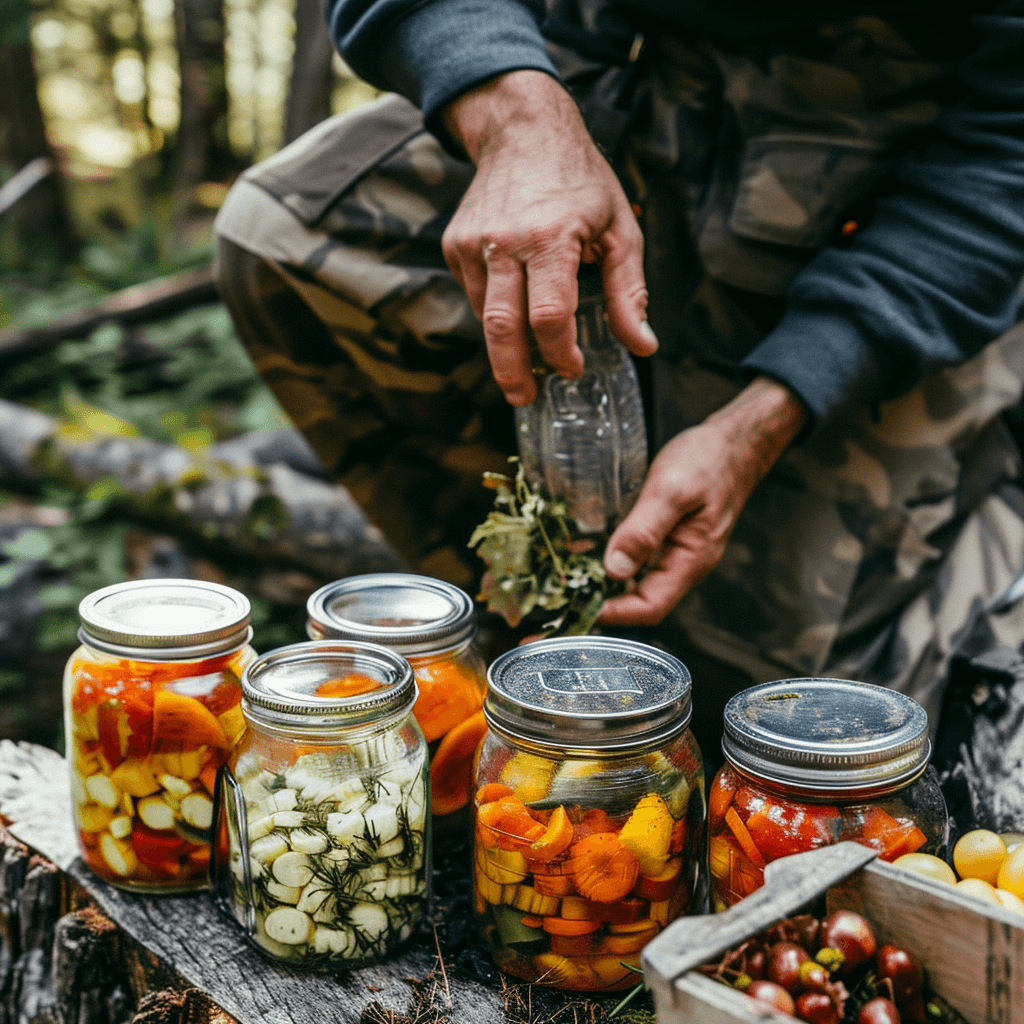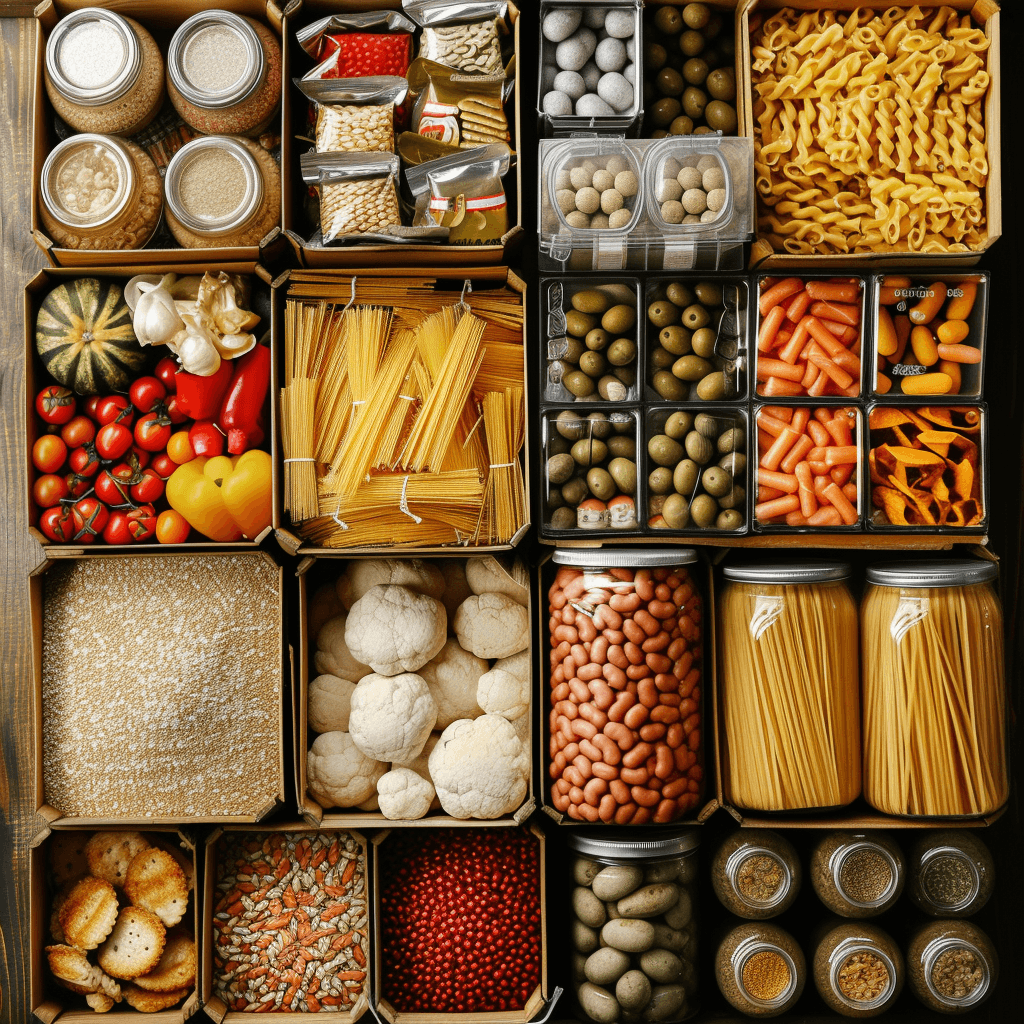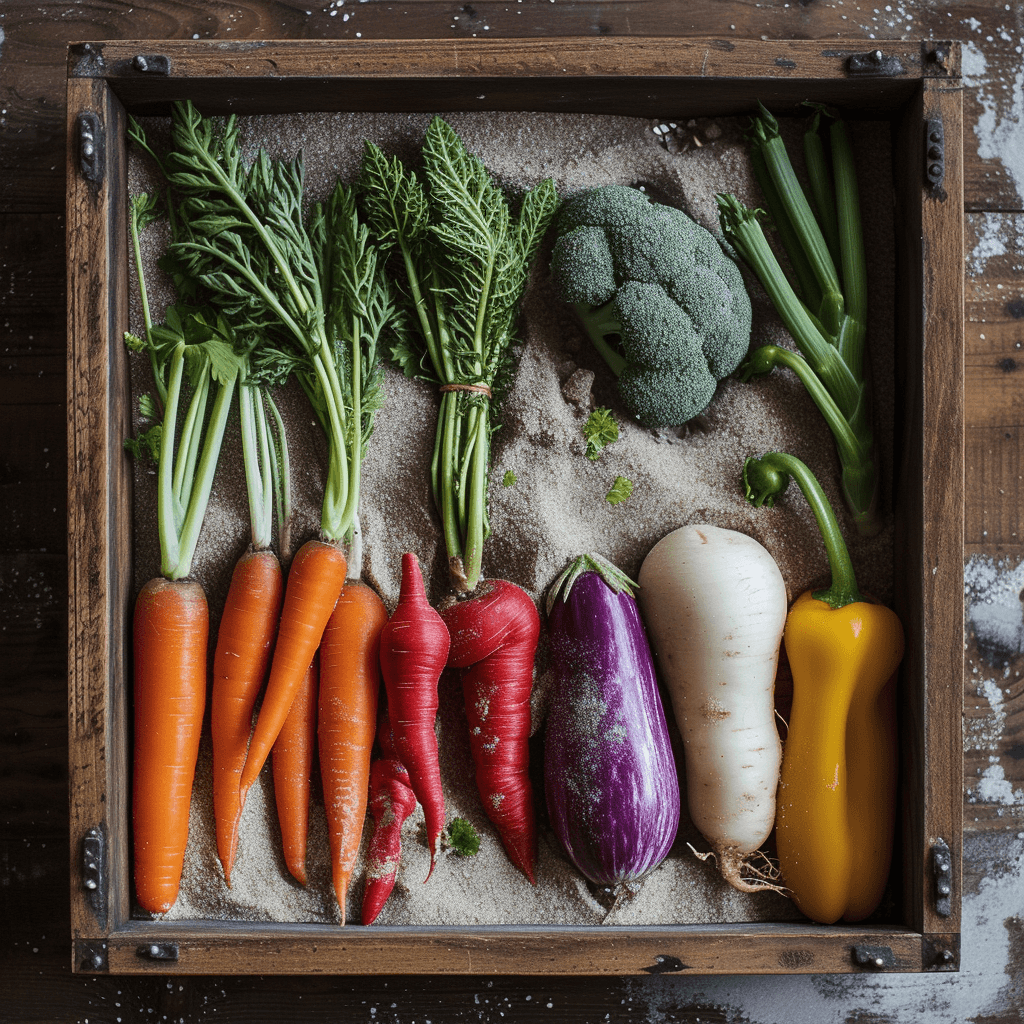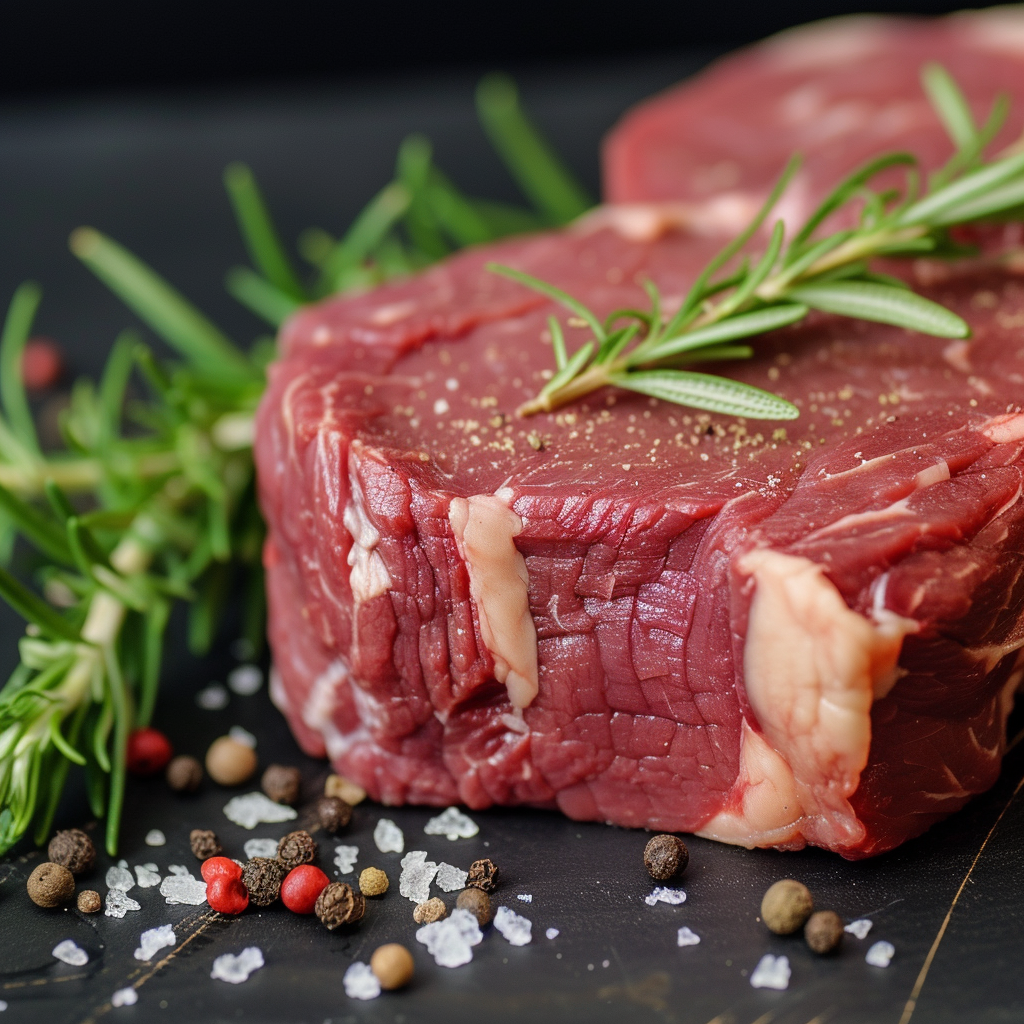So you’re planning on living off grid and spending some time in the wilderness? That’s awesome! But here’s a question for you: How do you preserve food in the wilderness? I mean, you can’t just rely on a refrigerator like you do at home, right? Well, don’t worry because I’ve got some tips and tricks to help you out.
When it comes to preserving food in the wilderness, you have a few options. One of the most common methods is dehydration. This involves removing the moisture from foods like fruits, vegetables, and even meats, which helps to prevent spoilage. Dehydrating food can be done using a dehydrator, but if you don’t have access to one, you can also use the sun or make a makeshift dehydrator using a box and some screens.
Another method is canning. Now, this may require some equipment like jars, lids, and a pressure canner, but it’s a great way to preserve food for the long term. Plus, it’s pretty handy because you can just grab a jar and heat it up whenever you’re hungry. Just be sure to follow proper canning guidelines to avoid any food safety issues.
Lastly, smoking can also be a great way to preserve food in the wilderness. Smoking helps to preserve meats by introducing smoke and heat, which can help to kill bacteria and prevent spoilage. You can build a simple smokehouse or even use a makeshift smoker with some aluminum foil and a wire rack. The key is to smoke the meat slowly over a low heat to really get that flavor and preserve it.
I hope these tips give you some ideas on how to preserve your food in the wilderness. Of course, there’s always more to learn, so be sure to check out the full article for more in-depth information and specific techniques. Now, go out there and enjoy your off-grid adventure, knowing that you’ve got your food preservation game on point!
Wilderness Food Preservation
Living off the grid and venturing into the wilderness can be an exhilarating experience. However, one of the challenges you may face is obtaining and storing food. Without access to modern-day conveniences, it becomes essential to understand the importance of food preservation and apply traditional methods to ensure your survival. In this article, we will explore the various techniques you can use to preserve food in the wilderness, from drying and curing to fermentation and salting. By learning these techniques, you will not only be able to sustain yourself but also enjoy nutritious meals in the great outdoors.
Understanding the Challenges of Obtaining and Storing Food in the Wilderness
When you’re in the wilderness, obtaining food becomes a challenging task. You might have to rely on hunting, fishing, or foraging for your meals. However, these food sources are not always readily available, and there may be periods when you struggle to find enough to sustain yourself. Additionally, the lack of refrigeration or electricity poses a significant challenge when it comes to storing food. That’s where food preservation techniques come into play, allowing you to stretch your food supply and ensure you have enough to last during lean times.
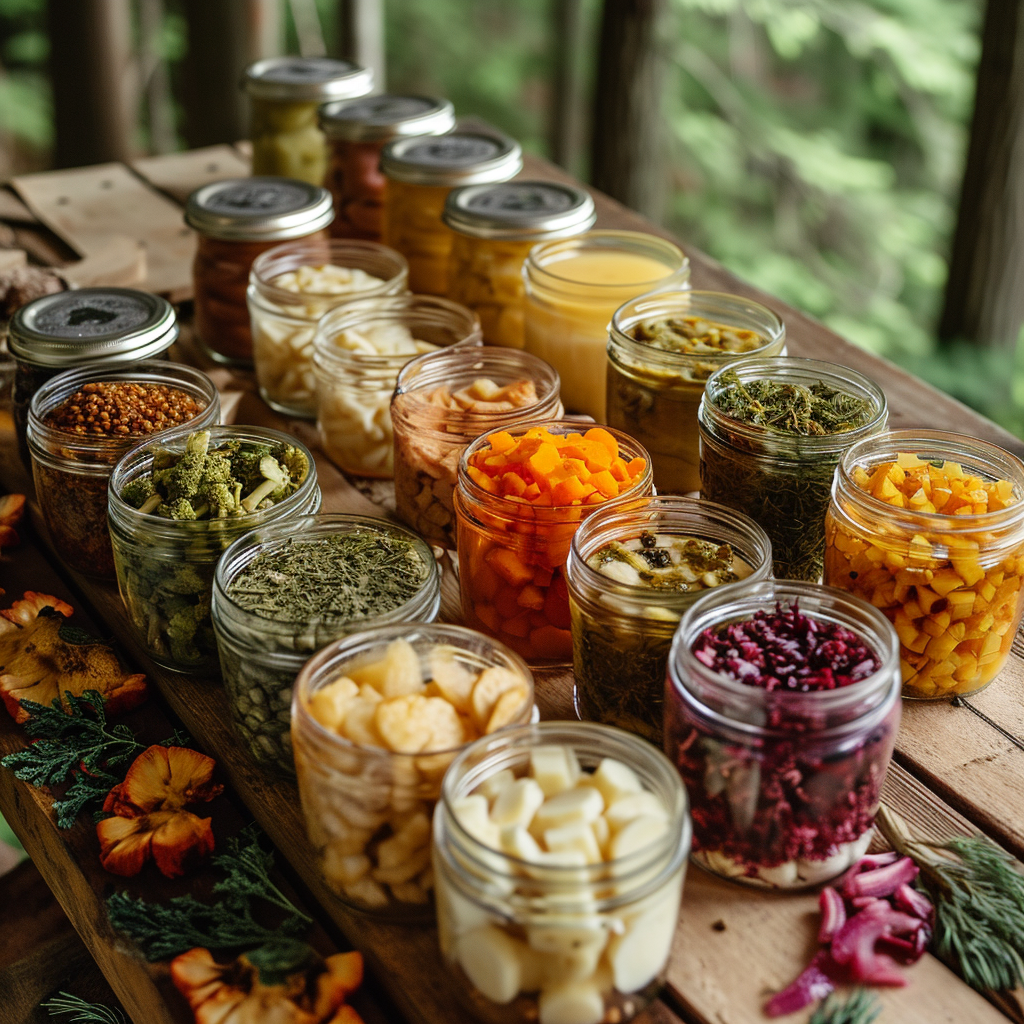
Why Food Preservation is Essential for Survival
Food preservation is not just about prolonging the shelf life of your food; it is essential for your survival in the wilderness. By preserving food, you can ensure you have a reliable food source even in times of scarcity. This can be especially crucial during the winter months or when you’re in a remote area with limited access to fresh food. By preserving food, you also reduce the risk of malnutrition and related health issues. It allows you to maintain a balanced diet and meet your nutritional needs even when fresh food is scarce.
The Dangers of Spoiled Food in the Wilderness
In the wilderness, spoiled food can pose serious risks to your health and well-being. Consuming spoiled or contaminated food can lead to food poisoning, causing symptoms such as nausea, vomiting, diarrhea, and abdominal pain. In severe cases, it can even be life-threatening. When you’re far from medical assistance, it becomes essential to prevent food spoilage as much as possible. Proper food preservation techniques can help you avoid these dangers and keep your food safe for consumption.
Drying Food for Long-Term Storage
Drying food is one of the oldest and most effective methods of food preservation. It involves removing the moisture from the food, inhibiting the growth of bacteria, yeasts, and molds that cause spoilage. When drying food in the wilderness, it’s important to select the right foods for drying, such as fruits, vegetables, and meats. These foods should be sliced thin to promote even drying. You can choose to sun dry the food or use a dehydrator if you have one available. Regardless of the method, ensure proper air circulation and hygiene to prevent contamination. Once dried, store the food in airtight containers or bags to maintain its quality.

Curing and Smoking Techniques for Wilderness Preservation
Curing and smoking are traditional preservation methods that have been used for centuries to extend the shelf life of meats and fish. Curing involves adding salt, sugar, and spices to the meat or fish, which helps remove moisture and inhibits bacterial growth. Smoking, on the other hand, exposes the food to smoke from burning wood, creating an environment that is unfavorable for spoilage organisms. These methods not only preserve the food but also add unique flavors and enhance their taste. When curing and smoking in the wilderness, ensure you choose the right meats and fish and follow proper smoking and flavoring techniques. Afterward, store the cured and smoked goods safely to prevent spoilage.
Fermentation Methods for Food Preservation
Fermentation is another ancient preservation technique that utilizes the natural process of microbial growth and activity. It involves the conversion of sugars into alcohol, acid, or gases by microorganisms, which helps preserve the food and create unique flavors. In the wilderness, you can ferment various foods, such as vegetables, fruits, and dairy products. Creating an outdoor fermentation setup requires attention to hygiene and temperature control. It’s important to monitor the fermentation process closely and troubleshoot any issues that may arise. Once fermented, store the food in a cool and dark place to maintain its quality.
Salting and Brining as Wilderness Preservation Techniques
Salting and brining are simple yet effective preservation techniques that have been used for centuries. Salt draws out moisture from the food, inhibiting the growth of spoilage-causing microorganisms. Brining involves soaking food in a saltwater solution, which not only adds flavor but also helps preserve the food. Adapt these techniques to the wilderness by ensuring you maintain proper salinity levels and follow the recommended techniques. You can also explore alternative uses for salt and brine, such as pickling vegetables or curing meat.
Advanced Wilderness Food Preservation Techniques
In addition to the traditional preservation methods mentioned above, there are advanced techniques you can utilize in the wilderness. Vacuum sealing and airtight packaging can help extend the shelf life of preserved food. Natural preservatives and antimicrobial properties present in certain herbs, spices, and plants can also be utilized to enhance preservation. Potting and jarring techniques, similar to canning, can be employed for long-term preservation. Additionally, innovative tools and equipment designed for wilderness preservation, such as solar dehydrators or portable smokers, can make the process more efficient and convenient.

Safe Handling and Consumption of Preserved Wilderness Food
Ensuring the safety of preserved food is crucial for your well-being in the wilderness. Always inspect the food for signs of spoilage and contamination before consuming. Proper rehydration and preparation methods should be followed to ensure the food is thoroughly cooked and safe to eat. It’s important to address any allergies, sensitivities, or dietary restrictions you may have while consuming preserved food. Rotate your stock and maintain an inventory to avoid consuming expired or spoiled food.
Conclusion
In conclusion, learning and practicing wilderness food preservation techniques are vital for your self-sufficiency and survival in the great outdoors. By understanding the challenges of obtaining and storing food, and applying traditional methods such as drying, curing, fermentation, and salting, you can ensure a reliable food source even in remote locations. These preservation techniques not only help sustain you but also preserve traditions and allow for the enjoyment of nutritious and flavorful meals while embarking on wilderness adventures. So, next time you venture into the wild, remember to equip yourself with the knowledge and skills of wilderness food preservation.

